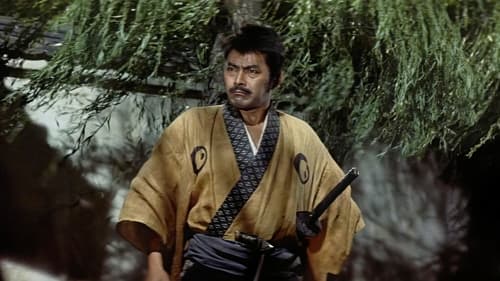
Written by Kawatake Shinshichi II in 1873, this play is representative of a category of works called katsureki, "Living History" plays, which sought to depict past events as accurately as possible.

아코낭인 사건 이라고도 하는 이 사건은 도쿠가와 막부의 제 5대 쇼군 도쿠가와 쓰나요시가 집권하고 있던 1701년 에도성에서 일어났다. 칙사 접대를 담당한 아코성의 성주 아사노 다쿠미노카미가 의전 담당인 기라 고즈케노스케를 칼로 쳤으나 미처 죽이지 못하였지만, 그날로 할복을 하고, 가옥과 성이 몰수된다. 도쿠가와 막부의 조치에 불만을 지닌 아코성 가신인 오이시 구라노스케 이하 낭인 46, 총 47명이 그 다음해 12월에 기라의 저택을 급습하여 그를 죽인 후, 그 목을 아사노가 묻혀있는 센가쿠지(泉岳寺)로 들고가 복수를 완성하고, 1703년 3월 도쿠가와 막부의 결정에 따라 46명 할복했던 실제 사건을 그린 영화이다.

Shinkuro Ozeki
Jidai-geki by Kiyoshi Saeki

Kagami Yakeiji
Soldiers Hayate and Yaheiji secretly escape from their besieged castle. Hayate has left behind his lover, Kano. On his way, Hayate is wounded and cared for by O’Ryo, who falls in love with him. But when Hayate accidentally kills her caretaker, he flees, with O’Ryo in pursuit. Subsequently, Hayate's comrade Yaheiji falls in love with Oryo. Kano, the lover left behind by Hayate, believes him dead, and becomes involved with another soldier, Jurota. When Jurota defects to the opposing army, he takes Kano with him. A double set of love triangles has developed, wherein each man and each woman loves one and is loved by another. Finally only combat and self-sacrifice can untangle the weave.


